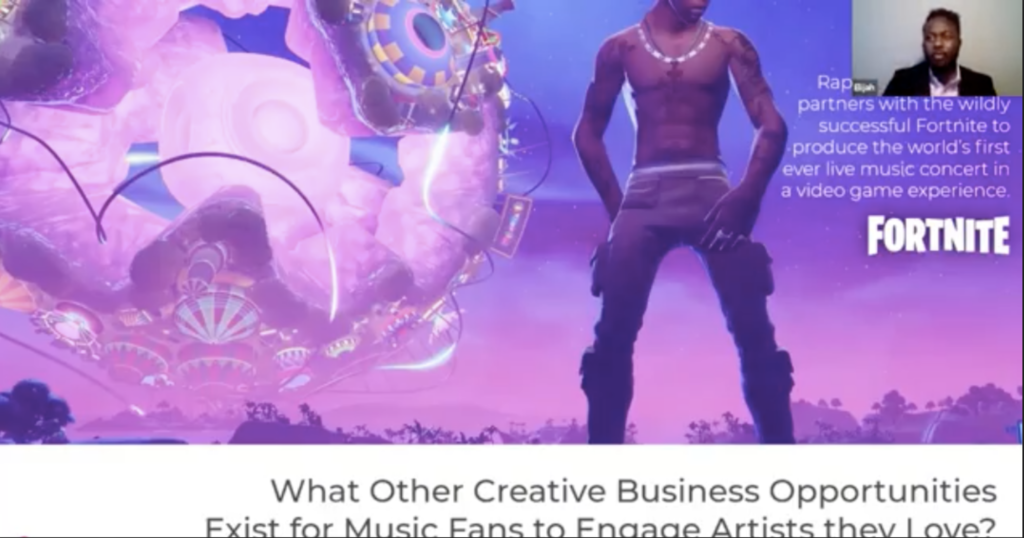M+E Connections

ATMECS Sees Lack of In-Person Events as Opportunity for Disruption
Story Highlights
It’s been a rough nine months for live music events, with the pandemic shuttering almost every concert and in-person performance worldwide. But that doesn’t mean artists and distributors should throw up their hands and give up on potential revenue.
That was the message from representatives with digital engineering and R&D firm ATMECS, during a presentation at the 5th November Smart Content Summit EU event.
Stakeholders in the performance industry just need to shift their focus, according to Jeff Caldwell, VP of digital integration and cloud partnership for ATMECS. “It goes without saying that 2020 has been a year of change, and that change has filtered down in different areas,” Caldwell said.
Fans still want entertainment, content owners and distributors still have wares to sell, and it’s technology has managed to bridge that gap now that in-person concerts and music events aren’t possible, he said.
Eli Young, director of innovation and strategic partnerships for the company said there’s opportunity to be found if you know where to look.
 “This major shift has impacted economies at scale, and it’s disruptive, especially around media and entertainment,” Young said. “With music [however] we see an opportunity. It has some stickiness … in 2020 a lot of concertgoers kept their seats, [passed on] refund opportunities. If you’re connected with an artist as a fan, and they come to your town, you want your seat.”
“This major shift has impacted economies at scale, and it’s disruptive, especially around media and entertainment,” Young said. “With music [however] we see an opportunity. It has some stickiness … in 2020 a lot of concertgoers kept their seats, [passed on] refund opportunities. If you’re connected with an artist as a fan, and they come to your town, you want your seat.”
The roar of the crowd, the lights, the community, singing with fellow fans, all those things may be missing from attending the venue in person, Young said. “How can we take this disruption and do something with it?” he said. That’s where platforms like YouTube, Spotify, TikTok, Facebook and others have come in, offering virtual concerts and promotions of individual artist sites to connect with fans.
ATMECS sees that disjointed, uncoordinated approach as a major missed opportunity for entertainment brands to deepen relationships between fans and artists, Young said. “Leaders in this industry can own the fan experience,” he said. “This is ripe for disruption.” He pointed to music artists holding live events via the popular game Fortnite, which drew incredible crowds (and revenue). “Don’t wait for someone else to do [something new],” Young said. “Think about what other opportunities exist out there right now.”
Their presentation — “Evolving Fan Engagement from In-Person to Remote” — showed how new channels and outlets on a slew of devices, combined with new technology solutions, are making new music experiences and content engagement paths meaningful and exciting.
The transition is making it possible to not only offset losses of established revenue streams, but also increase revenue when in-person engagement finally returns. Despite COVID-19, consumers still want an experience, Caldwell and Young said, and media and entertainment companies can still provide them, whether it be via new apps or the right partnerships with established social media outlets.
Smart Content Summit EU was produced by MESA and MESA Europe, in association with CDSA, HITS and the Smart Content Council, which meets regularly to share best practices, evaluate emerging technologies and collaborate to accelerate the pace of transformation in our industry. The summit is sponsored by ATMECS, Cognizant, Deluxe, Digital Nirvana, Éclair, Eluvio, EIDR, Iyuno Media Group, TransPerfect, NAGRA, Premiere Digital, Zixi, Whip Media Group, AppTek and EIDR.









